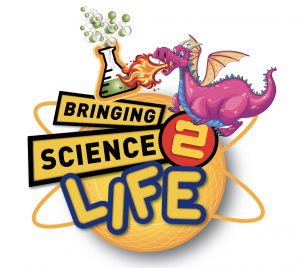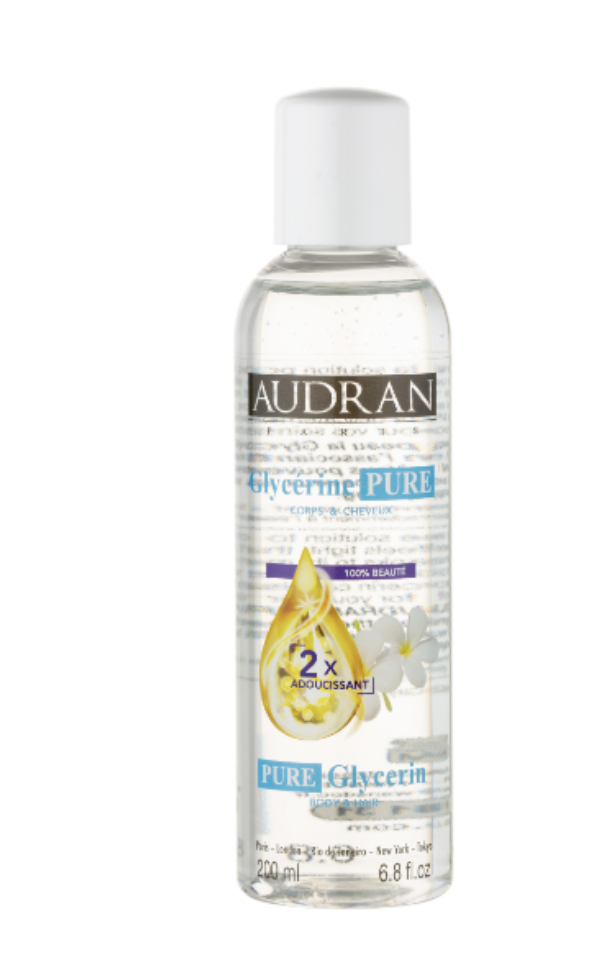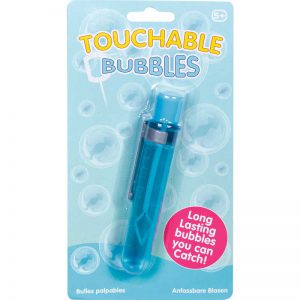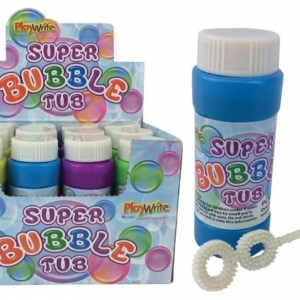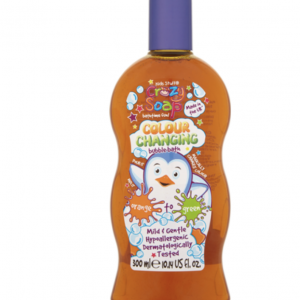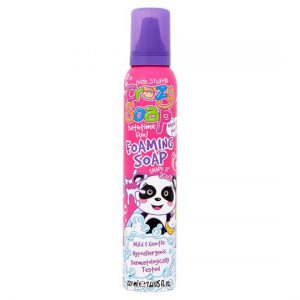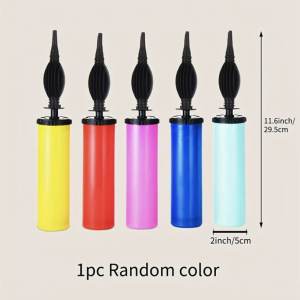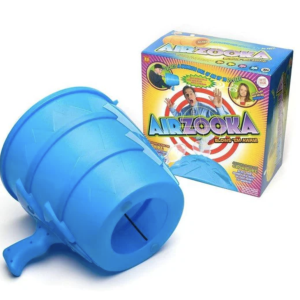Description
Pure Glycerin
- 200 ml Audran Pure Glycerin
Usual uses for glycerin
Glycerin is used in many industries, including skin care, hair care and oral hygiene .. in fact, glycerin is the third most-used ingredient in the cosmetic industry after water and fragrance!
Why?
Glycerin is widely regarded as the most effective humectant. Humectants are water-absorbing substances that help keep things moist. This property of glycerine helps retain moisture in the skin and ……. slows down the process of water evaporation in bubbles!
Soap bubbles are marvellous because there is so much to be learned from them.
People of all ages are fascinated with them. Although bubbles have been a favourite among children for hundreds of years, it was not until the early 1900’s that bubble solution was actually sold as a toy for children. Before that, it was just soapy dishwater.
It’s not possible to blow bubbles with plain water because of water’s surface tension. The water molecules stick together and you cannot form a big air space in the middle. The liquid soap does not let the water stick together just as well, so it is possible to form a bubble.
Glycerin is a thick liquid which attracts moisture – adding glycerin to the soap and water mixture helps make the bubbles last longer by slowing down how quickly the bubbles dry out.
What Is Pure Glycerin?
Glycerin is a type of carbohydrate known as a sugar alcohol or a polyol. This odorless liquid has a sweet taste and a syrupy consistency. While glycerin occurs naturally in plants through the fermentation of sugars, most of the glycerin nowadays is produced from the hydrolysis of fats and oils.
The first man-made attempt to produce glycerin was in 1779 by K. W. Scheele, a Swedish chemist, when he was boiling a mixture of olive oil and another chemical containing lead.
The thick, transparent liquid Scheele separated from the oily mixture was called glycerol due to its sweet taste (“glykos” in Greek means sweet). Scheele’s method of preparation was used in the first commercial manufacturing of glycerin, which quickly found uses in many fields, including health care, cosmetics, and food.
